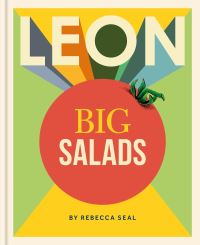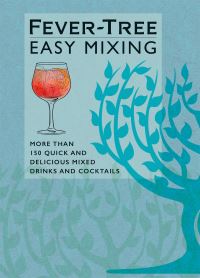Description
Flowers have probably been used in cooking for as long as people have been preparing and flavouring food. In China cooks were experimenting with chive flowers in 3000 BC and the Romans frequently added blooms to their dishes. Today flowers are often seen as an exotic extra employed only by professional chefs. While we are all taking a greater interest in the provenance of our food, adding more plant-based ingredients to our diets, experimenting with growing our own vegetables and eating to follow the seasons, edible flowers remain a bit of an unknown quantity.
A Floral Feast demystifies the idea of eating flowers and introduces readers to a whole range of blooms, leaves, flowering herbs and edible seeds that can be home-grown and used in a new way – by adding them to food. Whether drying hibiscus petals to concoct a soothing tisane, harvesting nigella seeds to use in savoury biscuits or baking a lemon-scented pelargonium cake, garden-grown flowers make wonderful ingredients and transform dishes into floral feasts.
As edible flowers are difficult to source, Dunster shows how to grow an abundance of edible flowers to guarantee a regular and plentiful supply of chemical-free ingredients. A Floral Feast covers harvesting, drying and preserving methods, and a wide range of culinary uses and techniques.





